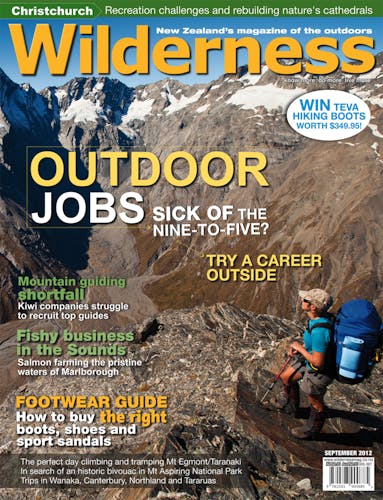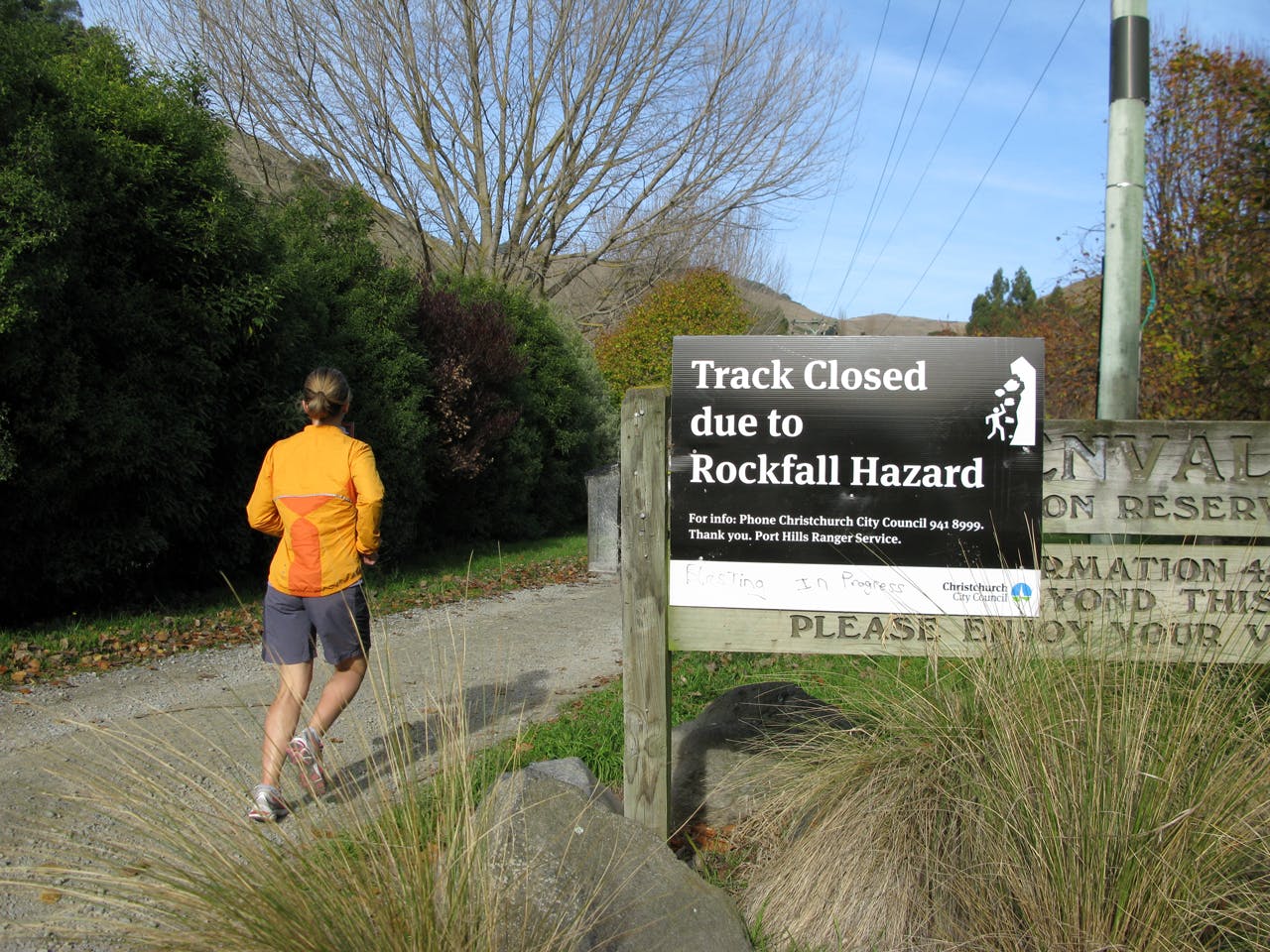Christchurch is not the outdoors Mecca it once was, and that’s left many of its active residents pondering a move to another location, writes Paul Hersey
One of the reasons I moved to Christchurch was because of the easy access to the outdoors. Climbing, hiking, mountain-biking, running, surfing and kayaking could be squeezed in before or after work. Challenging weekend missions were at hand without having to leave home. The Port Hills, the estuary and the coast were neighbourhood playgrounds to be enjoyed. Christchurch was considered by many to be the best city in the country for getting outdoors.
That’s all changed. Access has either become much more difficult, or is gone completely.
For a while the sea was a total no-go zone. Signs warned of the polluted water adorning the foreshore. There’s nothing more gut-wrenching then seeing perfect waves breaking just over the road, but recognising the odds are you’ll catch more than just the waves if you go out. Authorities say the seawater is now cleanish, but during my daily surf checks I still see lines of sludge washed up along the coast.
And then there’s the Port Hills. Rock fall zones and major slips litter the ridges and valleys. Most of the climbing crags have been closed because they’re too unstable. I’ve checked some of the rock faces and can see how dangerous they are, but others look pretty stable.
Some climbers aren’t following these closures. But it’s difficult – the council needs to appease the concerns of residents, and are keen to cover themselves in the event of further shakes; the climbers just want to get back on the rock.
And it’s not just the climbers being affected. Many of the walking and mountain-biking tracks have ‘track closed’ signs at their entrances. This is understandable if workers are knocking down the loose debris, but otherwise being up on the Port Hills is probably no more dangerous than anywhere else in the city.
There’s risk everywhere. Like many residents, my wife Shelley and I will drive to the start of a track, make an assessment on whether it is being worked on and then go for a run or ride if it looks as though it’s not.
I recognise CERA has a tough and unprecedented job to do. Priorities have to be the infrastructure for people to be able to live normally again and much of the eastern part of the city has a long way to go.
But without easy access to the outdoors, droves of Cantabrians are leaving the city on a Friday night and returning Sunday. It’s almost as if we don’t care how far we have to drive, as long as we escape the daily reminder of ruined homes, streets and communities. The road to Queenstown especially is a steady stream of traffic at the beginning and end of the weekend, but so is the drive to Kaikoura, Dunedin, Nelson and the West Coast. Cantabrians just want to get away.
Motivation is a topical word these days. Across New Zealand’s second largest city, residents affected by the aftermath of ongoing quakes try to find the energy to bring a sense of normality back to their lives. Like most of our friends, Shelley and I use outdoor activities as a means to bring normal life into perspective. When that opportunity is taken away, it feels difficult to just sit and wait.
Some residents are leaving the city and not coming back at all. I’m sad to say Shelley and I have decided to move to Otago. The road back seems such a long way, and life is about getting as much as possible from every day.
It is likely we will return to Christchurch in time – the lifestyle here is too good not to – but, for the time being, the outdoor lifestyle that attracted us to the city has been replaced by a long, slow grind to recovery.







